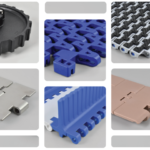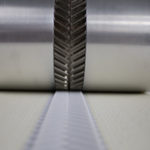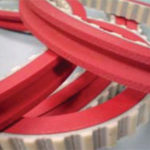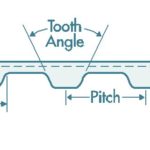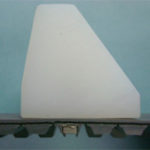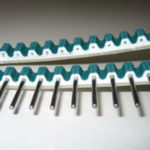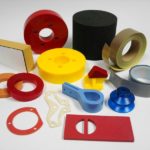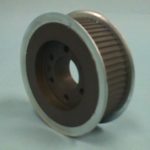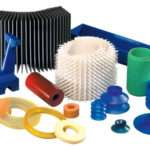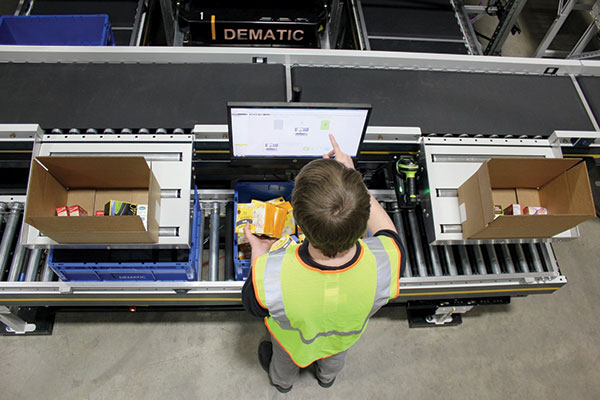
The future of fixed conveyor and sortation
Though fulfillment solutions based on robotics grab much of the focus today, fixed conveyor and sortation is wrapped up in the same market need of finding a blend of systems to support a digital warehouse capable of efficiently filling online orders and hitting service levels.
Conveyor and sortation solutions are adapting to the same omni-channel fulfillment pressures driving the market for autonomous mobile robots (AMRs), and other robotics solutions. Pressures like more each picking, tighter cycle times, small polybags or larger irregular-shaped items that need handling, can be seen as influencing the direction of sortation and conveyor.
Additionally, while AMRs can be used to sort, and certainly to move goods from one point to another, fixed conveyor and sortation is seen as complementary to robotics, in that conveyor typically is used to feed goods and totes into and out of these systems. So, it isn’t a question of choosing one over the other, as it’s a question of finding a good blend of fixed automation and robotics, especially given the increasing use of high-density, robotic goods-to-person (GTP) systems.
In short, conveyor and sortation are evolving to fit the needs of today’s more automated, e-commerce focused DCs, says John Mart, vice president of product management with warehouse automation provider Dematic.
“Some of these facilities were designed at a time when the work was 70% centered on store replenishment and 30% on e-commerce, but now that has actually flipped for some of these operations and the majority of work is now e-commerce,” says Mart. “Having the systems be able to handle the different types of package types and route them to the appropriate automation is an important consideration and has been driving enhancements in sortation to handle those polybags and smaller goods.”
Within GTP solutions, adds Mart, Dematic has been using sound dampening techniques within the supporting fixed automation elements to achieve GTP solutions that run more quietly.
Small changes to conveyor or tote materials, Mart says, lead to a better work environment. “Sound dampening might seem basic, but there’s some things that we’ve been changing in the products over time to reduce the decibel levels from anywhere from 5 to 20 decibels lower than what it’s been in the past, which is an important benefit in these spaces where people have to work all day long.”
Another change with conveyor and sortation is more sequencing, buffering and complexity to materials flow across various zones of automation. Sortation is not just for diverting completed orders to a few outbound shipping docks or one big pre-sort function in front of a single order picking system. Multiple zones of automation may call for conveyance or sortation support, notes Junior Cairns, vice president of engineering with Savoye, a warehouse automation provider.
“There is a lot of growth in what I call sequenced sortation, where you are doing more than sending a lot of product to a few destinations,” says Cairns. “Instead, you may be sorting product into the proper sequencing needed for a specific order fulfillment process. Overall, I think sortation is morphing to do more sequencing of the flow of goods on more of a SKU-by-SKU, item-by-item level. Labor is probably the biggest driver in this. It’s one thing for your systems to be able to go fast, but are you working on the things that you should be working on to meet your customer service levels?”
Product variability
The type of sortation or conveying solution is heavily influenced by the product sizes, shapes, weights and packages that need to be handled, as well as the needed throughput rate. Vendors agree there is greater variability in what needs to be handled as part of e-commerce, with more small polybags, but also larger, odd-shaped items.
“They’re looking for a lot more range within the products that can be handled through their conveyance and sortation systems,” says Cairns. “But we need to be careful defining what needs to be handled within a system, so we are picking the right technology.”
Read more: The future of fixed conveyor and sortation
